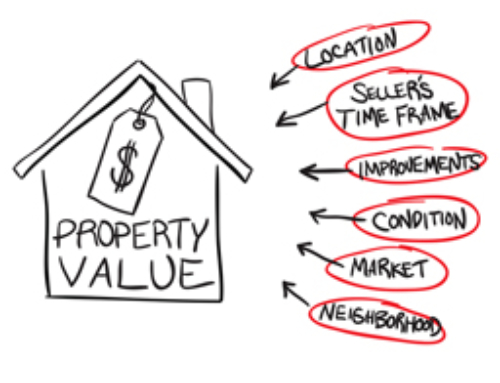 If you’re getting a mortgage, you will first need to understand the term private mortgage insurance, also known as PMI. PMI, which nearly became extinct during the real estate boom years, is an insurance product created solely for the benefit of a lender, although the borrower usually pays it. It gives limited protection to a homeowner’s lender if a loan goes into default and foreclosure.
If you’re getting a mortgage, you will first need to understand the term private mortgage insurance, also known as PMI. PMI, which nearly became extinct during the real estate boom years, is an insurance product created solely for the benefit of a lender, although the borrower usually pays it. It gives limited protection to a homeowner’s lender if a loan goes into default and foreclosure.
Traditionally, when getting a mortgage, if you have a 20 percent down payment, you won’t need to worry about PMI. But if you have less than 20 percent to put down toward the purchase of your home, or if you are trying to refinance your existing home and its value has gone down, you might have to consider paying for PMI.
You will generally pay for PMI with your monthly loan payment to your lender. However, there are loan programs that might allow you to make a one-time payment or a yearly payment for your mortgage insurance (MI).
Avoid Mortgage Insurance on a Loan
Here are some ways that you may be able to avoid paying MI on a loan.
- Borrow no more than 80 percent of the home’s value.
- Find a lender willing to give you a first mortgage in an amount equal to 80 percent of the home’s value. Then see if that same lender, or a different lender, is willing to give you an equity loan for a portion of the balance you need for the purchase of your home. This option has been referred to as a piggyback loan. In many instances, the first loan will be for 80 percent of the home’s value and the piggyback loan will be for an additional 5 percent, 10 percent, or 15 percent. The more you want to borrow in the piggyback loan scenario, the harder it might be for you to obtain the loan and the higher your interest rate and costs might be.
- Obtain a loan for 80 percent of the home’s value and then have a family member gift you the difference you might need to buy the home.
- Apply for a FHA loan. (Note that a FHA loan may actually be more costly for you than obtaining a non-FHA loan with MI.)
- If you are buying a home, negotiate to have your seller pay the upfront MI cost. That cost could be negotiated as part of the contract, and the seller could pay your MI fee upfront as a closing cost credit. Once paid, you would not have to pay MI with that loan, but if you were to refinance that loan, you might then have to pay MI with the new loan.
- Have the lender include the MI fee as part of the interest rate that it might charge you. The interest rate might be a tad higher and last for the life of the loan, and you will still technically be paying MI, but this does give you an additional option.
Remember that if you chose a higher interest rate for your loan as a way to cover your MI and you then keep the loan for its entire term, you may end up paying much more over the long term. On the other hand, if you pay the MI up front and refinance or sell shortly thereafter, you may lose some of that payment.
If you can avoid paying for mortgage insurance, and you don’t end up with a higher interest rate on your loan, remember to make sure your other options related to your loan work for you and don’t place an undue burden on you down the road.
READ MORE:
The Beginning of the End of the Foreclosure Era
Property Taxes: 6 Ways To Get Your Property Taxes Reduced
Mortgage Rates, Programs, and Fees: FAQs From Ilyce Glink
Help Is on the Horizon for Unemployed Homeowners
Samuel Tamkin is a Chicago-based real estate attorney with more than 20 years of experience working with residential and commercial clients. Sam received his law degree from the University of Illinois College of Law in Champaign-Urbana and currently practices as a real estate lawyer in Chicago.






